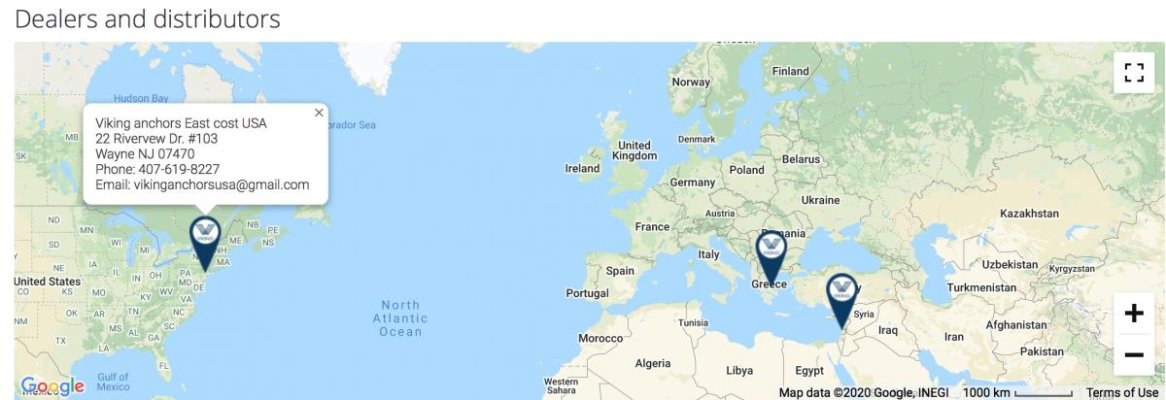Simi 60
Guru
- Joined
- Jul 1, 2016
- Messages
- 5,482
- Location
- Australia
- Vessel Make
- Milkraft 60 converted timber prawn trawler
In shallow water your chain is running horizontal(ish) so straight pull. I remember reading an analysis that determined that catenary was more effective in deep water vs shallow, although I don't remember the details of it or the reason why.
In depth your chain is more vertical so the extra weight does something


